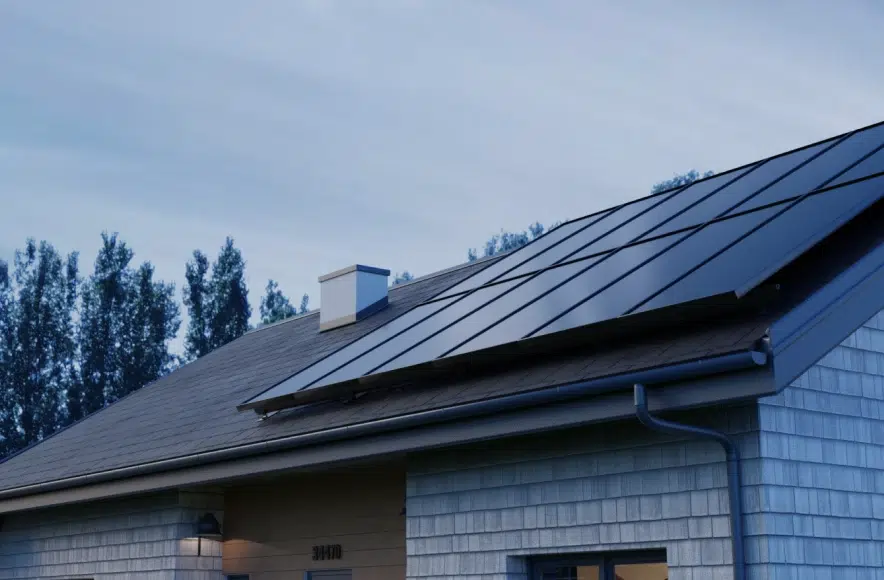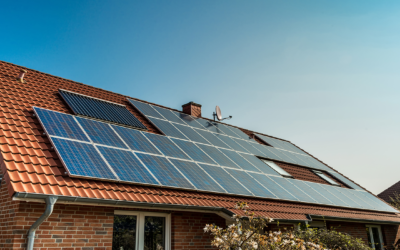The last few years have seen solar adoption rise across the United States. But what's fueling this expansion? The answer is simple: solar tax incentives....



Learn About Our Switch to Solar Program
Applications closing August 25th, 2024
- [Reduce Your Power Bill
- [Own Your Power
- [Flexible Financing Options
- [As Low As $0 Down
Takes only about 30 seconds

Consultation
Design & savings report

Permitting

Installing
-
Transparency
-
Simplicity
-
Quality
-
25 Year Performance Guarantee
-
Power Production Guarantee
-
10 Year Workmanship Guarantee
Want to Know More?
Get A FREE Custom Solar Design
By clicking "Request Free Design", I agree by electric signature to: (1) recieve recurring automated marketing and other calls, texts, and prerecorded messages from Purelight Power and its dealers at the number I entered above, even if I am on a "Do Not Call" list (consent not required to make a purchase, msg & data rates may apply, reply to STOP to opt-out of texts or HELP for help); (2) the Terms of Use (including arbitration provision); and (3) the Privacy Policy. (which descricribes how Purelight Power collects and uses personal information and privacy rights I may have).
Purelight Power Solar Blog
Understanding Solar Panel Financing Options: Loans, Leases, and PPAs
Today, more than 4.2 million homes in the US have solar panels, as Americans across the country learn more about the benefits of switching to renewable...
Should You Finance Solar Panels?
As of 2024, more than 4.2 million homes in the US have solar panels. With that adoption rate, the odds are that you have a neighbor, friend, or family...









